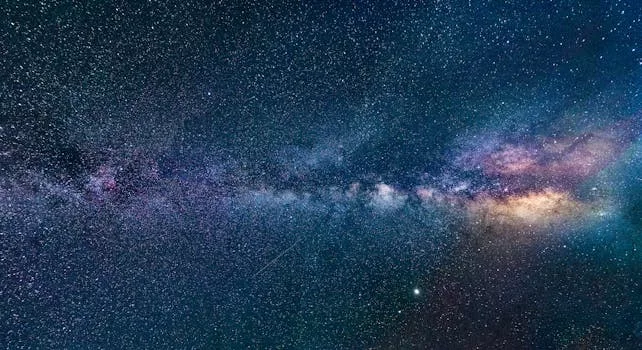
“
Introduction to Space Exploration Beyond the Milky Way
Beyond the Milky Way: Imagining New Worlds and Possibilities is an exciting and thought-provoking concept that has fascinated humans for centuries. The idea of exploring the vastness of space, discovering new worlds, and imagining possibilities has driven scientists, astronomers, and science fiction writers to push the boundaries of human knowledge and understanding. In this article, we will delve into the wonders of space exploration, the possibilities of discovering new worlds, and the potential for life beyond our galaxy.
Understanding the Milky Way and Its Place in the Universe
The Milky Way is a barred spiral galaxy that contains hundreds of billions of stars, including our solar system. It is estimated to be about 100,000 light-years in diameter and is thought to be one of the many galaxies that make up the observable universe. The Milky Way is a relatively small galaxy compared to others, such as the Andromeda Galaxy, which is the largest member of the Local Group of galaxies. Understanding the structure and evolution of the Milky Way is crucial in understanding the formation of galaxies and the universe as a whole.
Exploring the Vastness of Space Beyond the Milky Way
Exploring the vastness of space beyond the Milky Way is a daunting task that requires significant technological advancements and resources. However, with the help of powerful telescopes and spacecraft, scientists have been able to study the properties of distant galaxies and stars, providing valuable insights into the formation and evolution of the universe. The discovery of exoplanets, which are planets that orbit stars outside the Milky Way, has also raised the possibility of finding life beyond our galaxy. For more on this topic, check out Charting New Realms: The Journey of Imagination Beyond the Stars.
Imagining New Worlds and Possibilities
Imagining new worlds and possibilities is a fundamental aspect of human curiosity and ingenuity. Science fiction writers have long explored the idea of life beyond Earth, imagining scenarios ranging from utopian societies to dystopian nightmares. However, the possibility of discovering life beyond the Milky Way is no longer the realm of science fiction, as scientists continue to search for signs of life in the universe. The discovery of biosignatures, such as the presence of oxygen or methane in a planet’s atmosphere, could indicate the presence of life beyond our galaxy. For an in-depth look at this theme, read Galaxies of Dreams: How Imagination Transcends the Night Sky.
Takeaways
- The exploration of space beyond the Milky Way is a complex and challenging task that requires significant technological advancements and resources.
- Understanding the structure and evolution of the Milky Way is crucial in understanding the formation of galaxies and the universe as a whole.
- The discovery of exoplanets and biosignatures raises the possibility of finding life beyond our galaxy.
- Imagining new worlds and possibilities is a fundamental aspect of human curiosity and ingenuity.





